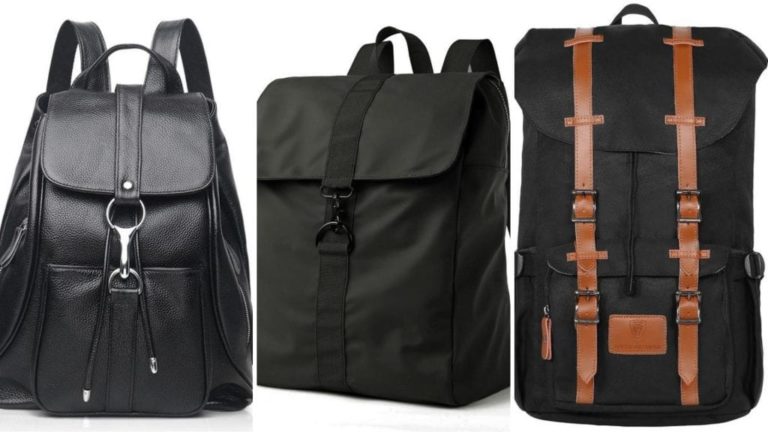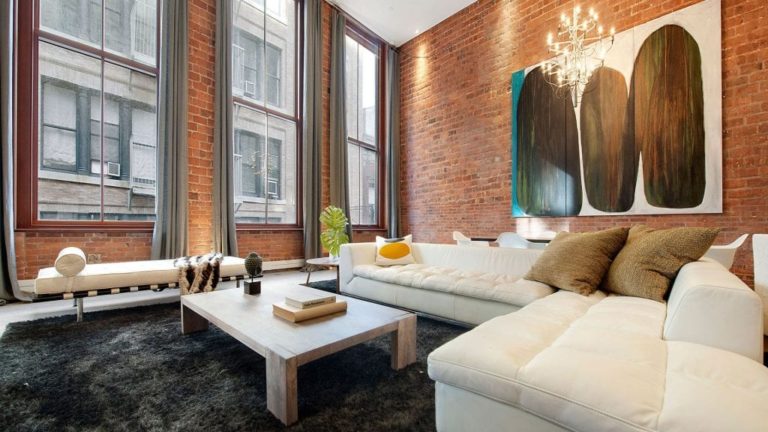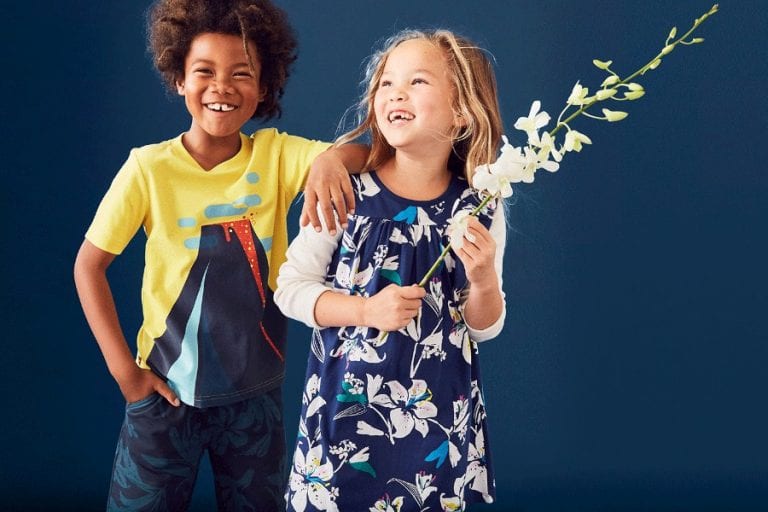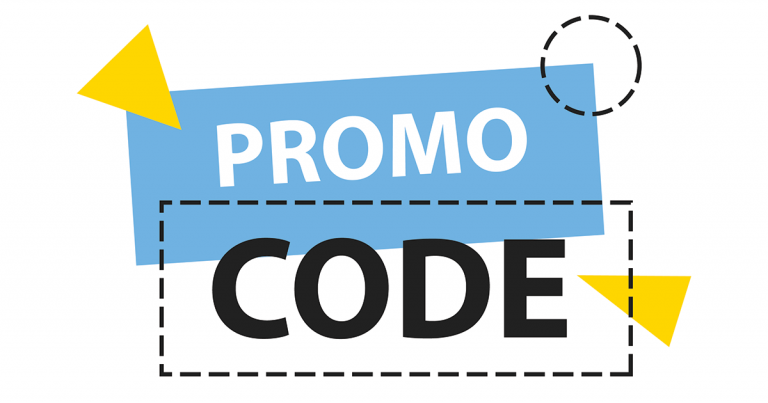Trending News

The Secret To Why Designer Clothes Are So Expensive
Ever wonder what could make a shirt — a regular cotton-blend tee — cost more than two months of rent? Us, too. And it turns out, even the people selling the expensive goods have no idea why they cost as much as they do. Kevin Smith over at Business Insider was curious as to why a pair of Jimmy Choo slip-on sneakers were selling on online retail site Mr. Porter for $1,095, so he contacted the site’s help team to find out. At first glance, the slip-ons don’t look that much different from your regular Vans sneaker. The materials may be a bit more high-end — leather and studs — than a canvas pair of Vans, but the sole and basic shape are the same.
Ashley, the salesperson who took Smith’s query, wasn’t too sure why the shoes cost more than a grand. “Is it because of the materials?” he asked. “These Jimmy Choo sneakers are made of black suede and leather and also covered in metal studs. This is why they are so expensive. Also, Jimmy Choo is very high-end designer,” she replied. Which, okay, stating the obvious. Not particularly helpful.
Let’s go straight to the source, instead. It’s not always the end product that’s going to cost you your first-born, explained Lanvin designer Alber Elbaz in a 2009 New Yorker interview. It’s the research and development that goes into the end product.
“I took all the bones out, and I stitch, and to get there, you know, it took me forever. It took me six or seven dresses to make one. And it’s time and it’s money and we are not doing it in offshore countries — we pay 65 percent taxes in France! It is so much work. Doing a collection for me is almost like creating a vaccine. Once you create the one vaccine, then you can duplicate for nine dollars and ninety-nine cents. But see if you can create it for nine dollars and ninety-nine cents, and the answer is no.”
That makes sense when you’re talking about something as intensive as, says, a hand-constructed satin dress. But explain the $1,520 tee shirt, Alber?

It’s a cotton-striped cotton blend tee with no discernible unique qualities (unless it’s housing a family of hyper-talented muscrats who’ve somehow learned how to become expert stock investors). Similarly, how much research and development goes into manufacturing a pair of shoes like those Jimmy Choos, for which the shape and style has already been invented? Do you really need to pay more than a thousand dollars for someone to reinvent the wheel — albeit a very stylish, metal stud-covered wheel?
Well, probably not, but that doesn’t mean that there isn’t some (perhaps warped) explanation for it. As an article from The Business of Fashion explains:
“First, let’s consider the rough costs of producing a luxury product. Gross margins for luxury companies typically hover around 65 percent — that sounds like a lot, but it’s what shareholders now expect. It also means that a $3,500 bag costs roughly $1,225 to produce and bring to market, all the way from materials to sale. There are many steps along the way that contribute to the final price. There are the costs of raw materials, design, manufacturing and fulfillment. Then, at retail, there’s the cost of prime real estate and sales staff. And finally, there’s marketing: those glossy fashion adverts cost a pretty penny to produce, let alone to place. Over the past 10 years––and particularly since the end of the recession––many of these costs have increased dramatically.”
In many cases designers up the price on their products simply to gain an added sheen of prestige and exclusivity. So the short answer to why designers charge so friggin’ much for their products? Because they can. Wealthy people, the idea goes, love expressing their wealth by spending as much as they can on high end items. It’s the price tag, as much as the product itself, that makes an item remarkable. The price tag––and the fact that the majority of the world can’t afford said item, has the inverse effect of imbuing the purchaser with power. That’s why just because there are note-perfect copies of high end bags available all up and down Manhattan’s Canal St., women still choose to purchase authentic Prada, Gucci and Burberry bags instead. In this Sick Sad World, personal power is synonymous with purchasing power. And it’s not just a marketing ploy, it’s a psychological condition — one that high-end designers are banking on. It’s why this perfectly reasonable $50 Madewell tee, despite being 30 times less expensive than the Lanvin tee, may not look as attractive to some.

Of course, there’s a flip side to this: Many of us pride ourselves on how little we spend on clothes and accessories. I won’t hesitate to tell you, for instance, all about how I bought my J. Crew dress on super deep discount at nearly 80 percent off retail price. Bargains can be just as potently powerful — and personally liberating — as knowing you can drop $500 on a cotton tee.
And I suppose that’s a good thing, considering high-end designers are falling all over themselves to be the most expensive. Thirteen years ago, an Hermes Kelly bag retailed for $4,800. It now goes for $7,600, a 60 percent increase, though the overall market increase adjusted for inflation is 27 percent. The value of high end goods just keeps escalating — and why not? In the eyes of designers, there seems to be no shortage of consumers who believe they can buy personal power through what they wear. They want the item first, they want items that are in short supply or made in limited runs — and they’re prepared to pay top dollar to make that happen. And, as there are now more high-net-worth people in the world than ever before — 3.73 million people in North America alone, up 11.5 percent from last year — there are more people who will willingly pay top dollar for the latest hot designer product.
“The more expensive something is, the more exclusive and, therefore, desirable it becomes,” explains Business of Fashion writer Lauren Sherman. And that means high end brands are reluctant to offer markdowns, and loathe to throw in low-priced items with their high-end collections, for fear it will dilute the exclusivity and power of the brand. “Burberry, for instance, said as recently as March that it would raise prices to increase its appeal to the upper end of its customer base and attract new, wealthier customers.” And Burbery is hardly the only brand. So the next time you get bummed that you can’t afford some crazy $1,000 Proenza Schouler shift dress, remember: It’s not you, it’s them.
[VIDEO] 15 Things You Didn’t Know About GUCCI
Copyright © 2025 WyattScott. All Right Reserved.








.png)






